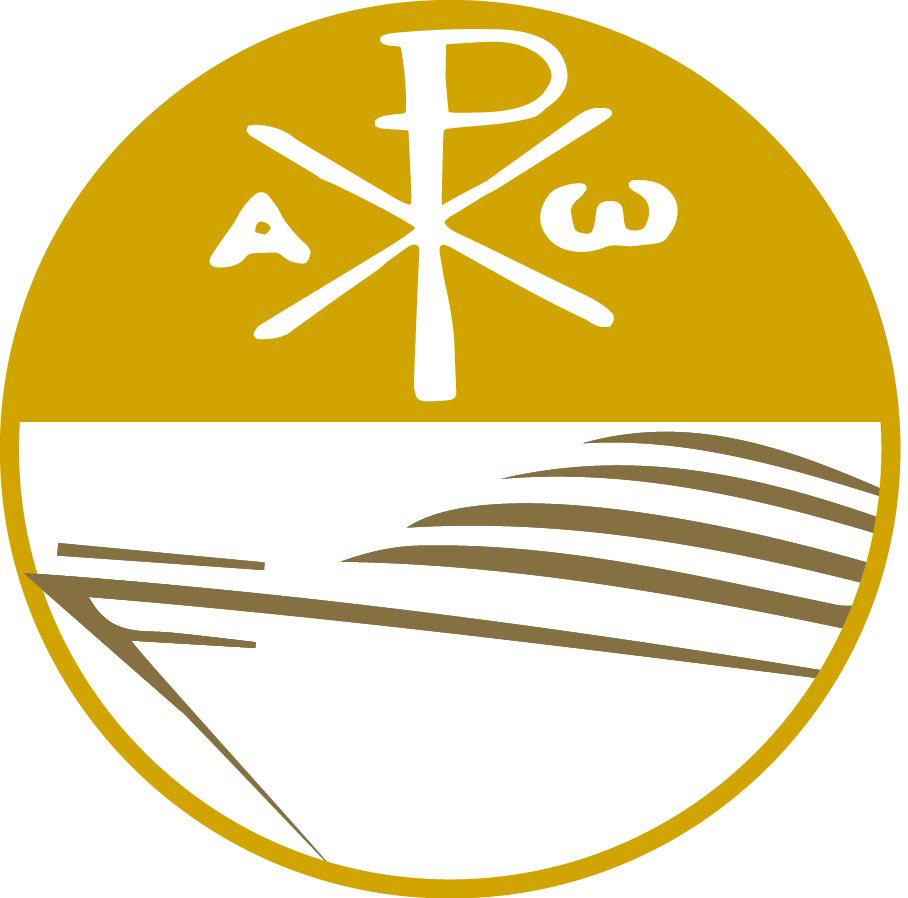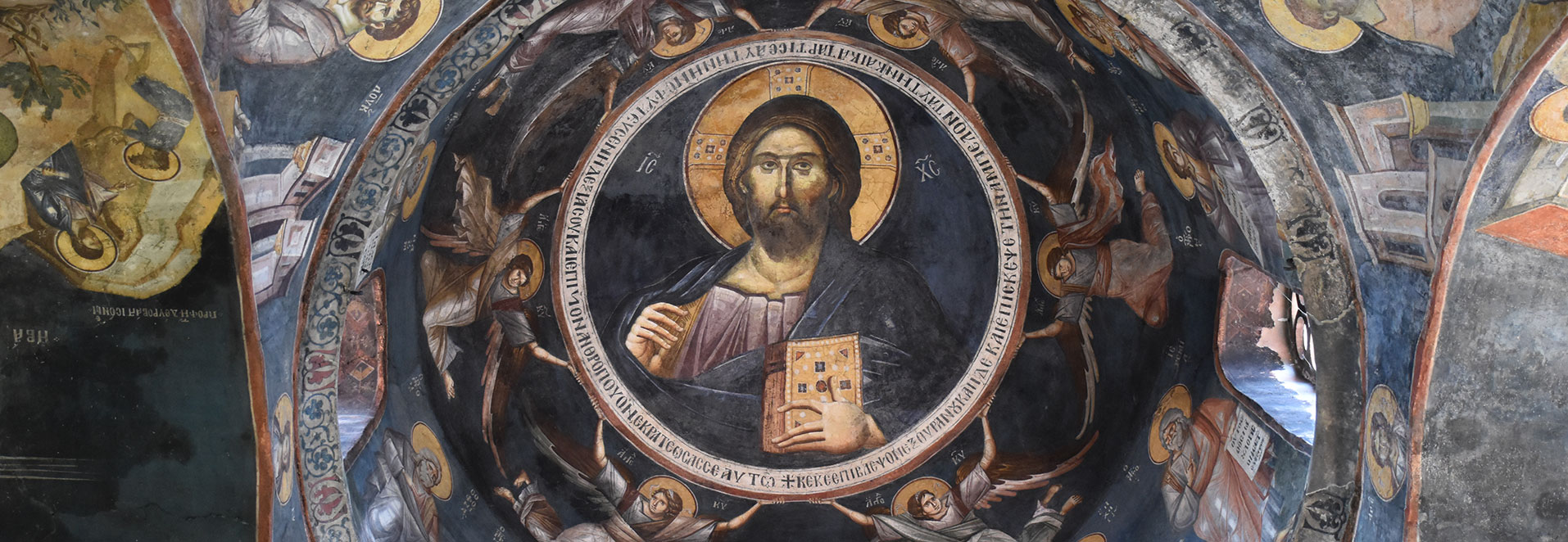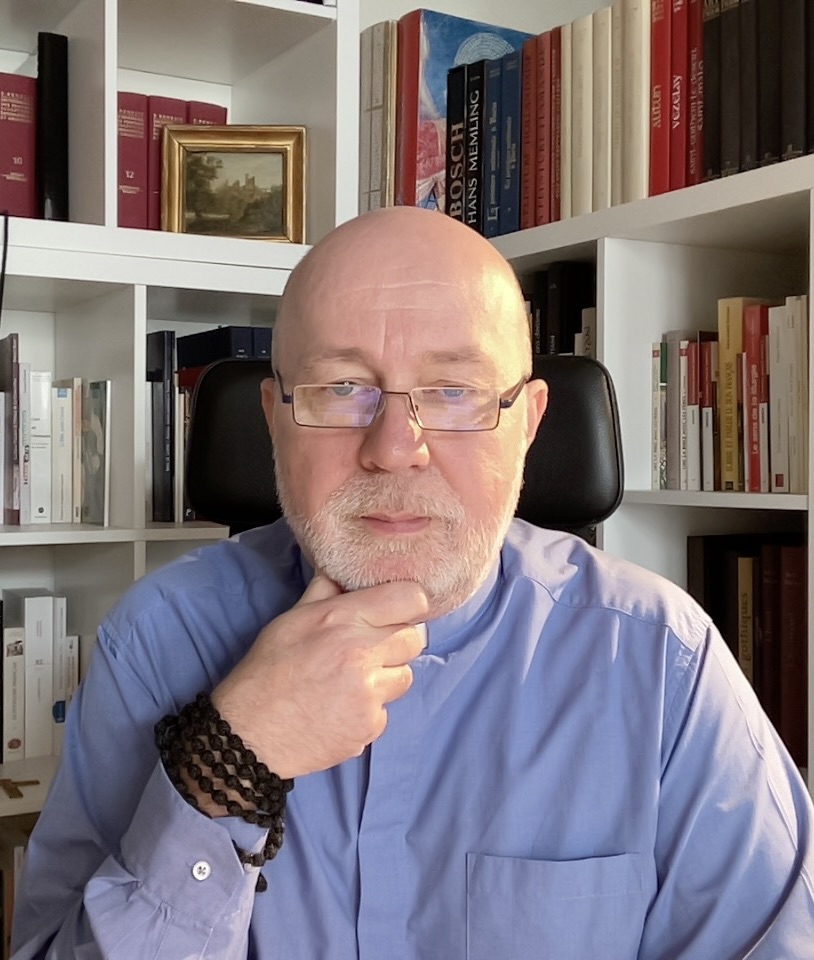Father Olivier Plichon
«What did he talk about? Is it true, prince, that you once declared that ‘beauty would save the world’? Great Heaven! The prince says that beauty saves the world! And I declare that he only has such playful ideas because he’s in love! Gentlemen, the prince is in love. I guessed it the moment he came in. Don’t blush, prince; you make me sorry for you. What beauty saves the world?»
(F. M. Dostoevski, The Idiot)
What beauty, if not that which is at the service of God, that which reflects and introduces His presence in the liturgy? For beauty is poietic: it makes the invisible present; it is at the intersection of the visible and invisible.
For years, this search for divine beauty has occupied my mind and heart. And even more so as a priest, convinced that this beauty is that of the Savior, of a Word of God in image. Thanks to my academic studies in art history, I try to give this beauty its rightful place in the Church, both through homilies, spiritual commentaries on works of art and by enhancing the Church’s extraordinary artistic heritage. And, as I become more passionate about research, the predilection for the Carolingian and Romanesque Early Middle Ages period is confirmed.
Wall paintings, architecture, vestments, or sacred objects: everything is at the service of God in a liturgy steeped in spirituality that brings heaven to earth, Christ among us. Art speaks of God and God speaks to us through art, even to the point of making this liturgy, expressed through an artistic bouquet, another language of the Spirit addressed to men so that they may unite with the Father.
If there is an urgency for the Church of our time, it is surely to immerse ourselves once again in this treasure, whether ancient or modern (I am thinking of the Ateliers d’Art Sacré), to be inspired and enlivened by it, and certainly to give new meaning to what we celebrate.
Father Olivier Plichon



